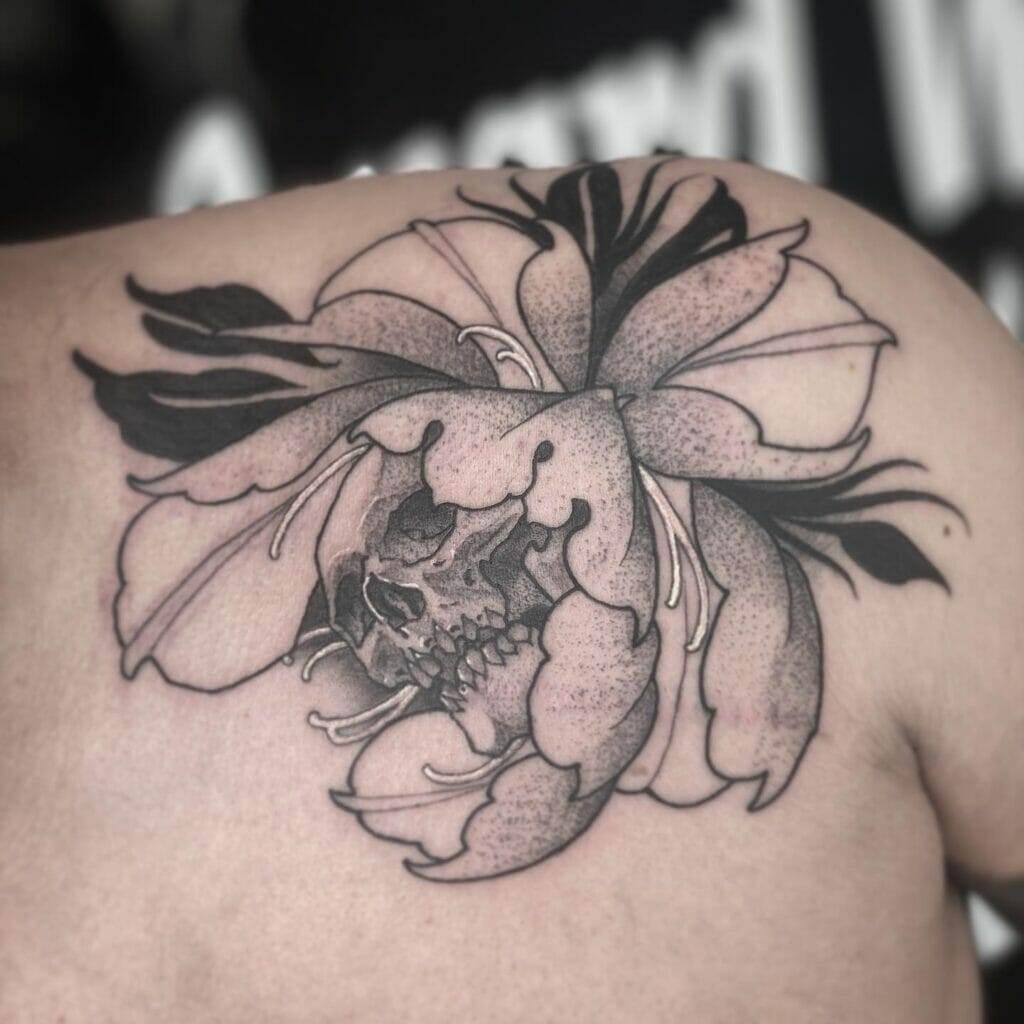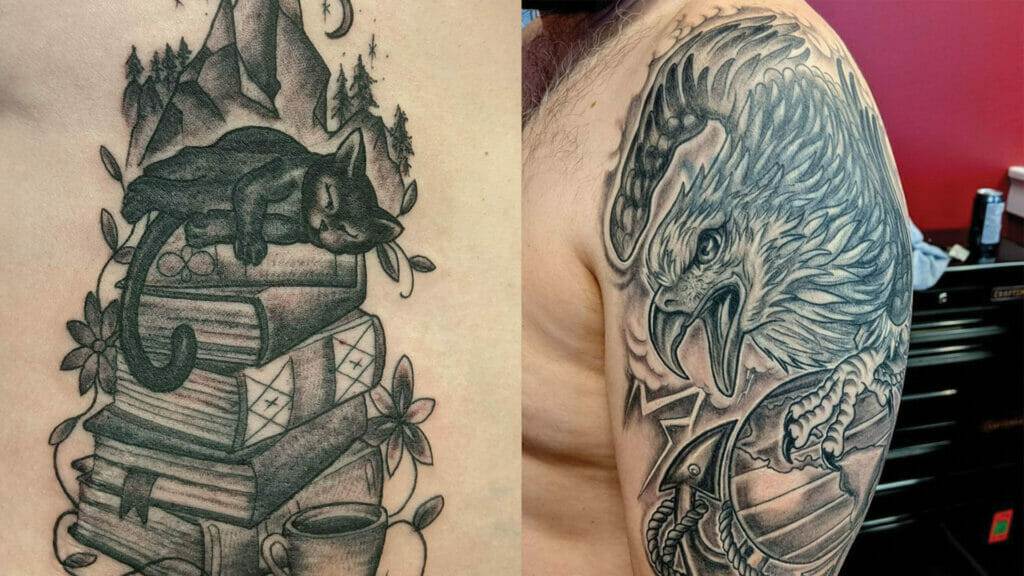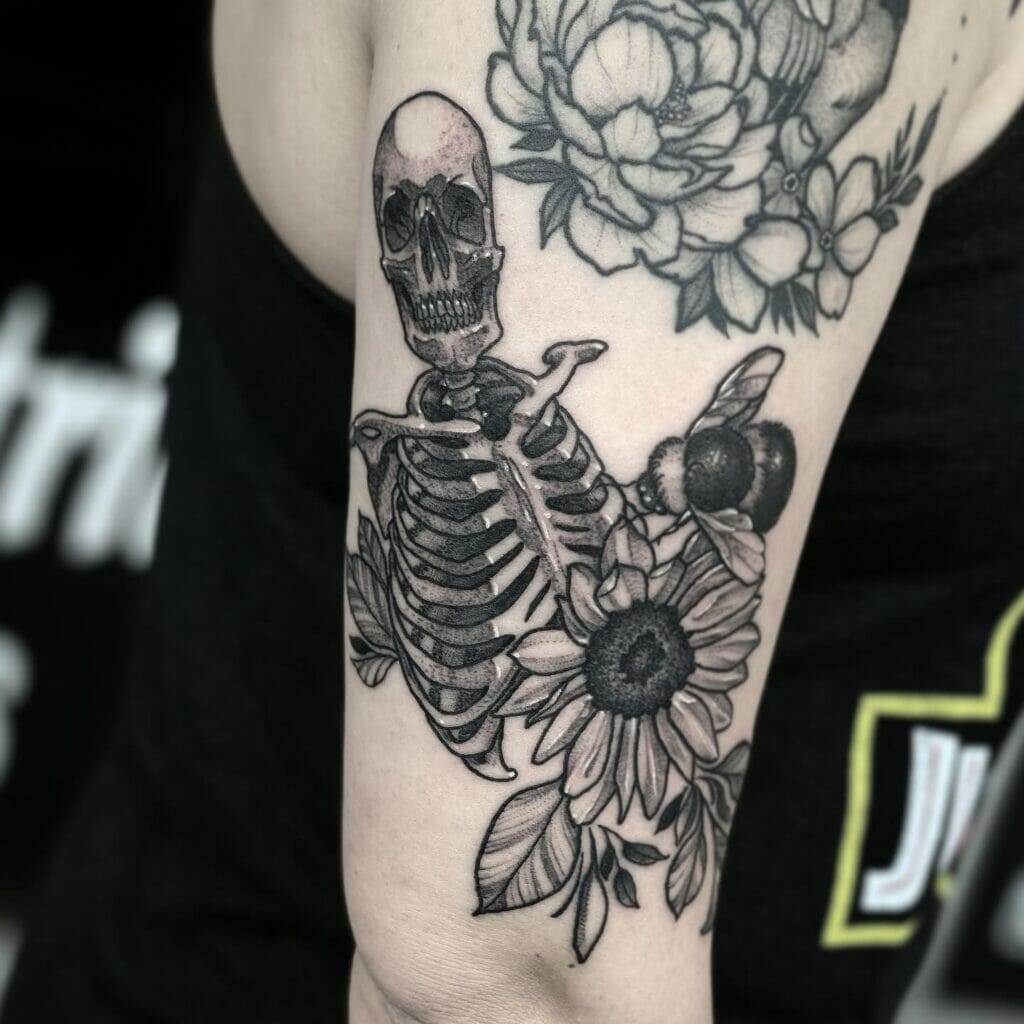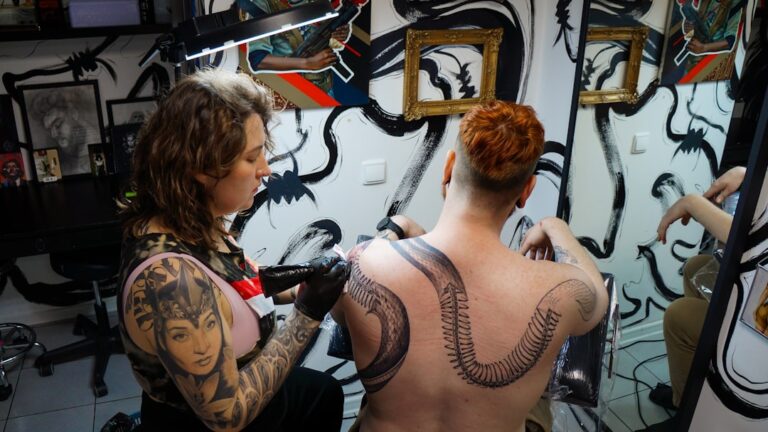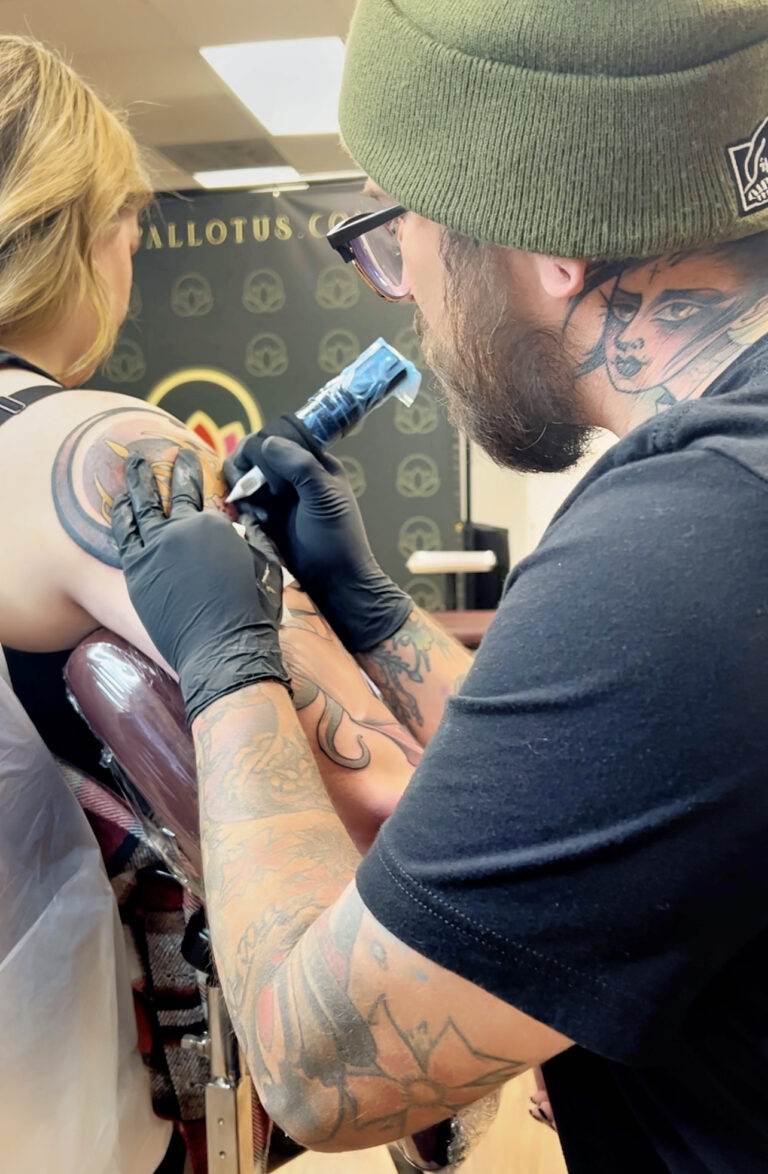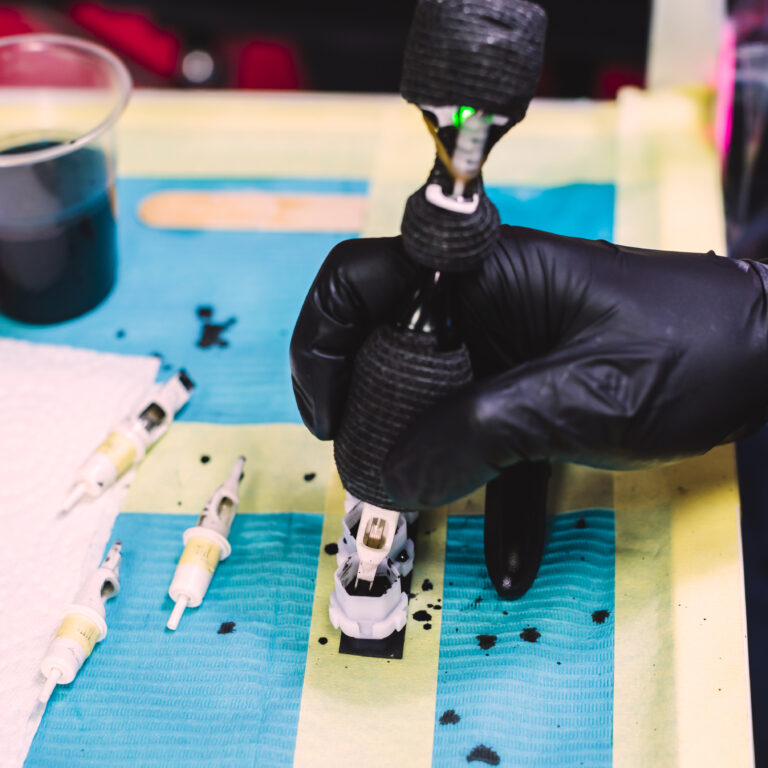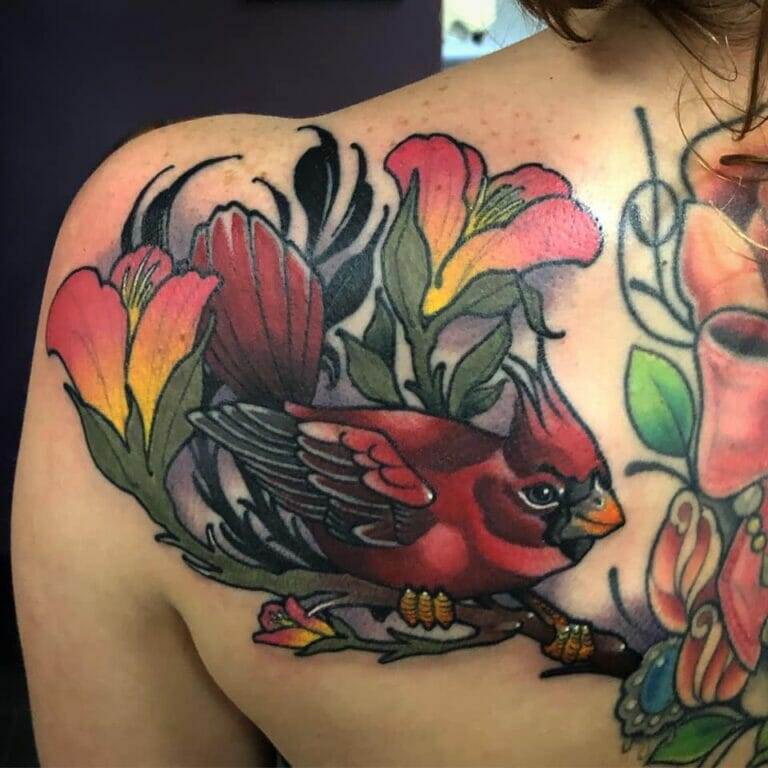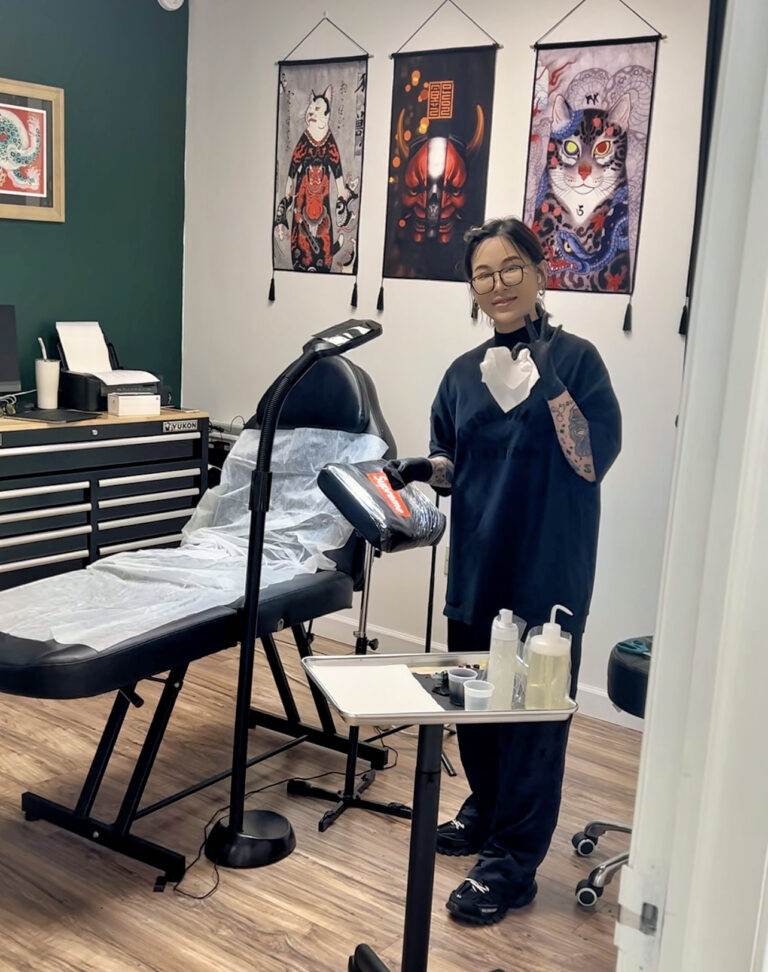Introduction
Evolution of Black and Gray Tattoos
Black and gray tattoos have a rich history that speaks volumes about the evolution of body art. Historically, these tattoos have roots tracing back to different cultures and traditions around the world. Initially, they were often used as symbols of status, rites of passage, or protective talismans. Over time, the techniques and styles used in black and gray tattooing have transformed, enriching their aesthetic appeal. The use of black ink in tattoos can be traced to ancient civilizations, where it was derived from natural pigments. As tattooing techniques advanced, so did the methods employed to create more intricate designs. The introduction of shading techniques allowed artists to blend gray tones into their work, resulting in a depth that made black and gray tattoos more dynamic and lifelike. Today, this style incorporates a vast range of imagery, from highly detailed portraits to minimalist designs, appealing to a broader audience than ever before.
Popularity in the Tattoo Industry
The rising popularity of black and gray tattoos in the contemporary tattoo industry can be attributed to several factors:
- Versatility: Black and gray tattoos can range from realistic portraits to abstract pieces, making them suitable for almost any personal aesthetic.
- Timelessness: Unlike colorful tattoos that may fade or go out of style, black and gray tattoos are often seen as classic and enduring, retaining their appeal over time.
- Customization: Each tattoo can be tailored to the individual’s personality, often incorporating elements that hold significant personal meaning.
- Influence of Social Media: As platforms like Instagram showcase the artistry involved in black and gray tattoos, their visibility and desirability have surged, leading many individuals to choose this style for their ink.
In recent years, the tattoo community has seen an influx of enthusiasts reveling in the raw, profound nature of black and gray tattoos. With their continued evolution in techniques and themes, they remain a popular choice for those seeking meaningful and artistic body art.
The Art of Black and Gray Tattoos
Technique and Style
When exploring the art of black and gray tattoos, one must appreciate the intricate techniques and styles that set this genre apart. The foundation of black and gray tattooing lies in the artist’s ability to manipulate shading, contrast, and texture. Key techniques used in this style include:
- Shading: Utilizing various needle configurations, artists create gradients that transition from deep black to soft gray tones. This craftsmanship results in a layered look, adding depth and realism to the artwork.
- Contrast: A strong contrast between black and light gray not only highlights the details but also enhances the overall visual impact of the tattoo. This dynamic interplay helps certain elements pop, drawing the viewer’s eye.
- Line Work: The precision of line work is crucial, as it serves as the backbone for any design. Artists often use finer needles for delicate lines, ensuring clarity and definition, which helps the design stand the test of time.
- Negative Space: This technique involves leaving parts of the skin untouched to create shapes or images, adding to the design’s complexity without overwhelming the viewer.
With such a strong focus on artistry, black and gray tattoos can encompass a range of styles, from realism to illustrative to traditional. The beauty of this approach lies in its versatility, appealing to a diverse clientele with unique tastes.
Masters of the Craft
The world of black and gray tattooing is also defined by the masters who have honed their craft over years of dedication and creativity. These professionals not only possess exceptional technical skills but also understand the emotional weight behind each piece they create. Here are some characteristics that define true masters in this field:
- Creative Vision: Masters often reinterpret traditional designs, infusing them with fresh perspectives that resonate with clients’ personal stories.
- Attention to Detail: Every stroke matters in black and gray tattooing. Masters exhibit relentless attention to detail, ensuring each tattoo is a unique work of art.
- Customer Connection: Great tattoo artists often build long-lasting relationships with clients, understanding their inspiration and desires which translate into meaningful designs.
As aspiring tattoo artists continue to emerge, the traditions and techniques of black and gray tattooing are continually evolving, influenced by both cultural shifts and technological advancements. The journey of mastering this intricate art form highlights the dedication and skill required, and it remains a vibrant part of the tattoo community.
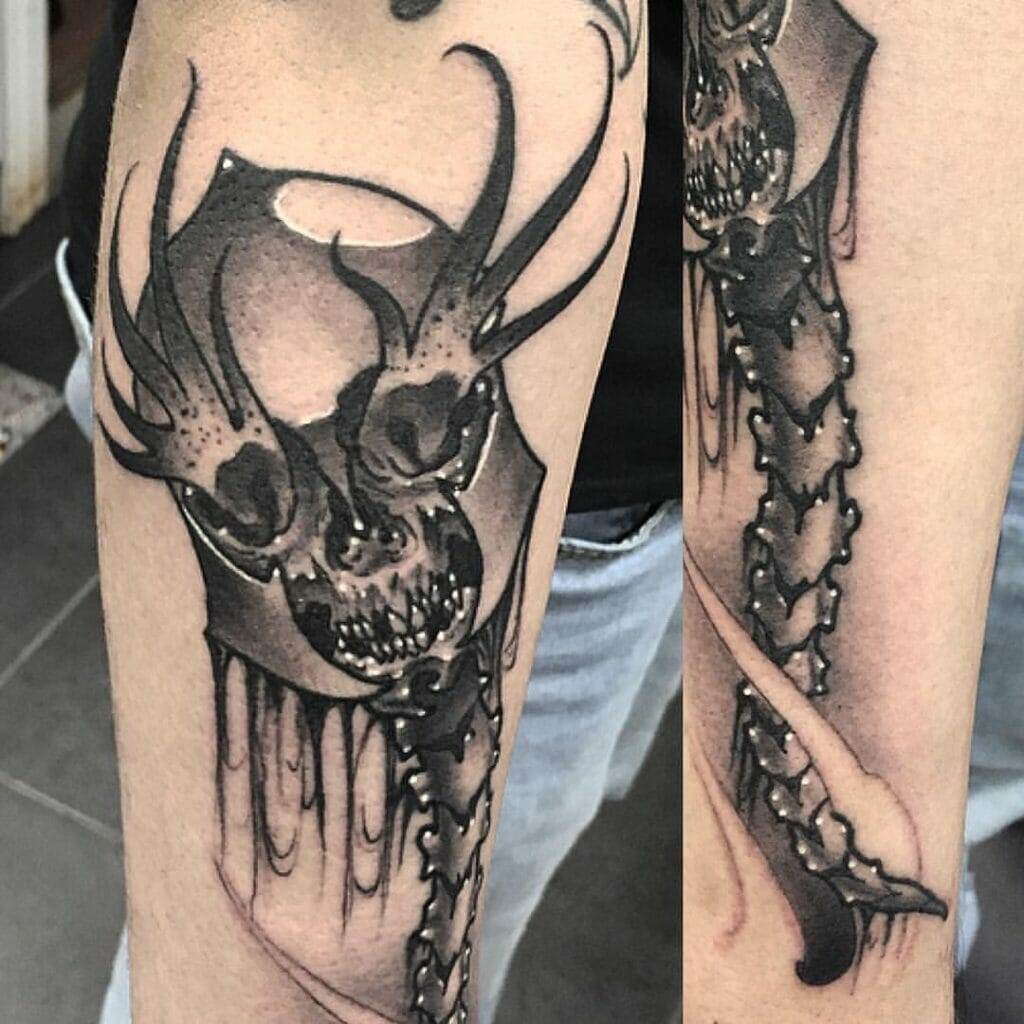
Symbolism and Meaning
Cultural and Historical Significance
Black and gray tattoos are steeped in rich cultural and historical significance that transcends mere aesthetics. Across various societies, tattoos have served as integral markers of identity, power, and beauty. For instance, in many Indigenous cultures, tribal tattoos were more than just decoration; they often symbolized tribal affiliation, social status, or accomplishments. Historically, these tattoos were a rite of passage, signaling an individual’s maturity or readiness for adulthood. Key points about the cultural significance of black and gray tattoos include:
- Ritualistic Importance: In some cultures, the tattooing process itself carries ritualistic significance, often involving community participation and spiritual beliefs.
- Storytelling: Each tattoo can tell a story, linking the individual to their heritage or specific life experiences and serving as a canvas for personal narratives.
- Resistance and Reclamation: In contemporary society, many individuals choose black and gray tattoos as a form of resistance, reclaiming their bodies from societal norms or personal struggles.
These elements illustrate how black and gray tattoos can embody profound meanings, transcending their visual appeal to become powerful expressions of identity and history.
Personal Interpretations
While cultural contexts provide a backdrop for black and gray tattoos, personal interpretations vary widely, allowing individuals to infuse these pieces with their unique significance. This personalization is vital in making each tattoo a distinct expression of one’s beliefs and experiences. Some common themes represented in personal interpretations of black and gray tattoos include:
- Memorialization: Many choose this style to honor loved ones, incorporating symbols or portraits that retain the memory of those who have passed.
- Healing and Empowerment: For others, tattoos serve as a form of self-expression that aids in healing from trauma or signifies a transformative journey.
- Passions and Interests: Interests, hobbies, or passions can also inspire creative designs, whether it be art, literature, or nature.
Engaging with the symbolism of black and gray tattoos allows people to create visual representations of their narratives, resulting in ink that holds deep personal meaning. Ultimately, black and gray tattoos stand as a testament to the intricate relationship between art, culture, and the individual, celebrating both the shared human experience and the deeply personal stories that tattoos can convey.
Black and Gray Tattoo Inspiration
Celebrities and Influencers
The influence of celebrities and social media influencers has significantly shaped the landscape of black and gray tattoos, inspiring countless individuals to explore this artistic genre. Many high-profile figures showcase their unique ink, which often sparks trends and ideas within the tattoo community. Here’s how celebrities contribute to the inspiration behind black and gray tattoos:
- Visual Statements: Celebrities often use tattoos as a form of self-expression, and their choice of black and gray designs adds a layer of sophistication and depth. This visual statement resonates with fans who admire their style and personal stories.
- Social Media Showcase: Platforms like Instagram and TikTok allow celebrities to share their ink with millions, making black and gray tattoos more visible and desirable. Engaging content, such as tattoo reveal videos or interviews discussing the significance behind their tattoos, can motivate fans to consider similar art for themselves.
- Popularity of Trends: Influencers often set tattoo trends through their unique designs. For example, a minimalist black and gray piece may suddenly become popular after being featured by a well-known personality, leading others to adopt similar styles.
The interconnectedness of personal stories and celebrity culture provides a wealth of inspiration for those contemplating their next tattoo.
Artistic Inspiration
Artistic inspiration for black and gray tattoos can be drawn from various sources, enriching the tattooing experience and allowing for the creation of unique designs that reflect individual tastes. Some common sources of artistic inspiration include:
- Classic Art: Renowned paintings and sculptures often inspire tattoo designs. Artists may reinterpret classic works, adding their personal touch and translating them into stunning black and gray tattoos.
- Nature and Wildlife: The intricacies of the natural world frequently inspire tattoos. Animals, flowers, and landscapes translate beautifully into this style, allowing artists to explore shading and detailing.
- Literature and Mythology: Many find inspiration in literature, folklore, and mythology. Characters, quotes, or symbolic imagery can be transformed into striking designs, reflecting the stories that resonate with individuals.
- Personal Experiences: Life experiences and personal journeys often serve as profound sources of inspiration. A meaningful phrase or a depiction of a pivotal moment can lead to an emotionally significant tattoo.
As individuals merge their personal influences with artistic sources, black and gray tattoos continue to flourish as a versatile and deeply meaningful form of expression. This blend results in designs that not only hold aesthetic appeal but also capture the essence of personal stories and cultural significance, making them significant works of art.
Tattoo Care and Maintenance

Tips for Longevity
Ensuring the longevity of black and gray tattoos requires a blend of proper technique during application and diligent aftercare. A well-cared-for tattoo can retain its vibrancy and sharpness for years, allowing the artwork to continue telling its story. To enhance the longevity of tattoos, consider the following tips:
- Choose a Reputable Artist: Selecting an experienced and reputable tattoo artist is crucial. High-quality work typically lasts longer, reducing the need for touch-ups.
- Skin Preparation: Before getting inked, ensure your skin is well-hydrated. Moisturizing leading up to your appointment can help your skin absorb the ink better.
- Sun Protection: Ultra-violet (UV) rays can cause tattoos to fade. Using a high SPF sunscreen on your tattooed skin helps preserve the colors and details, especially during summer months or prolonged outdoor activities.
- Moisturization: Regularly moisturizing your tattoo ensures that the skin remains supple, which helps prevent cracking and fading over time.
By following these tips, individuals can retain the beauty of their black and gray tattoos, making them a lasting part of their identity.
Aftercare Best Practices
Aftercare is a vital component of ensuring your black and gray tattoo heals properly and maintains its aesthetics. Proper care during the healing process greatly impacts the final outcome of your tattoo. Here’s a list of essential aftercare practices that should be followed:
- Keep It Clean: Gently wash your tattoo with mild soap and lukewarm water. Avoid scrubbing, as this can irritate the skin and disturb the healing process.
- Moisturize: After cleaning, apply a thin layer of fragrance-free, mild moisturizer or a specialized tattoo aftercare ointment. This keeps the skin hydrated and promotes effective healing.
- Avoid Picking: As your tattoo heals, it may scab or itch. Resist the temptation to pick or scratch, as this can lead to scarring or unintentional loss of ink.
- Limit Sun Exposure: For the first few weeks, keep your tattoo out of direct sunlight to avoid irritation and fading. Once healed, apply sunscreen to protect it long-term.
- Wear Loose Clothing: Tight clothing can irritate a healing tattoo, so opt for loose-fitting garments that won’t rub against your skin.
By adhering to these aftercare best practices, individuals can ensure that their black and gray tattoos heal beautifully, preserving their clarity and detail for years to come. Effective tattoo care is not only about immediate results but also about nurturing the artwork as a lifelong investment in personal expression.


